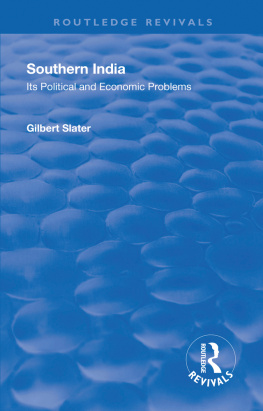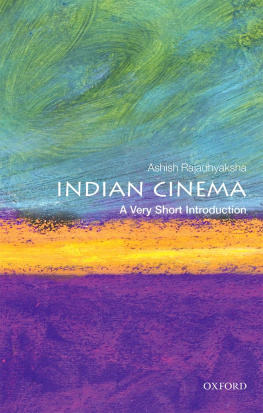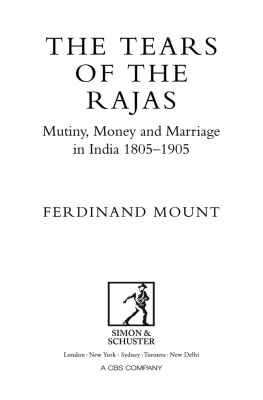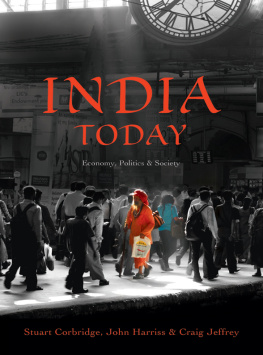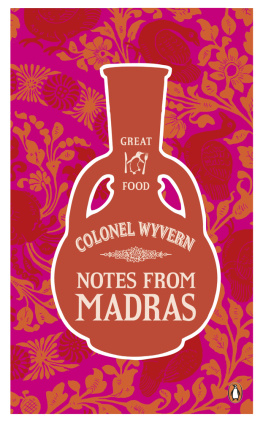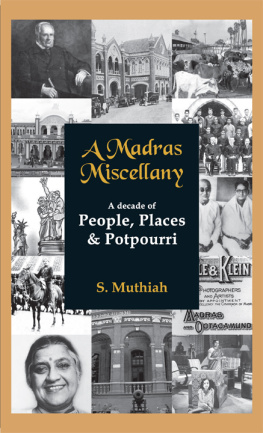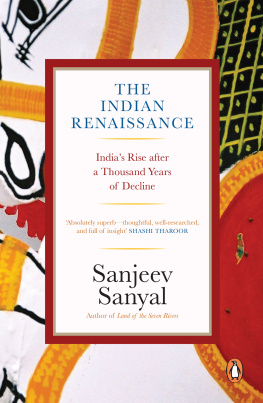First published in 1936 by George Allen & Unwin Ltd.
This edition first published in 2018 by Routledge
2 Park Square, Milton Park, Abingdon, Oxon, OX14 4RN
and by Routledge
711 Third Avenue, New York, NY 10017
Routledge is an imprint of the Taylor & Francis Group, an informa business
1936 Taylor & Francis
All rights reserved. No part of this book may be reprinted or reproduced or utilised in any form or by any electronic, mechanical, or other means, now known or hereafter invented, including photocopying and recording, or in any information storage or retrieval system, without permission in writing from the publishers.
Publisher's Note
The publisher has gone to great lengths to ensure the quality of this reprint but points out that some imperfections in the original copies may be apparent.
Disclaimer
The publisher has made every effort to trace copyright holders and welcomes correspondence from those they have been unable to contact.
A Library of Congress record exists under ISBN: 37012395
ISBN 13: 978-1-138-55322-4 (hbk)
ISBN 13: 978-1-315-12341-7 (ebk)
SOUTHERN INDIA

THE MARQUESS AND MARCHIONESS OF WILLINGDON
BY THE MOST HON. THE MARQUESS OF WILLINGDON
IT is a great pleasure, as an old Governor of the Madras Presidency, who was associated with the work of Dr. Gilbert Slater when he was Professor of Economics at the Madras University, to write these few lines in order to recommend a study of his book to all those readers who wish to learn something of Southern India, which in many ways is, historically and traditionally, the most interesting part of that great country.
The volume gives the impression of one who lived and worked for twenty years in India, and was full of sympathy with the feelings and aspirations of the people. We may not agree with all the views to which he gives expression, but it certainly supplies, almost in the form of a diary, a most interesting account of the economic, social, and political happenings during the years he lived in India. Indeed, I think that this book will do much to increase interest in that part of India where the British connection first began and of which much too little is known and appreciated.
WILLINGDON
In November 1915 I sailed for India to take up a five years' appointment in the University of Madras as its first Professor of Indian Economics, with the duty of carrying on and stimulating research into the economic conditions and problems of Southern India. I held that appointment till April 1921, when I took on for one year the duty of deputizing for Mr. J. T. Gwynn, i.c.s., on long leave, as Acting Publicity Officer to the Government of Madras, and, as such, became the official channel of communication between that government and the forty million inhabitants of the Presidency. I had previously been nominated by the Governor, Lord Willingdon, a member of the Madras Legislative Council, as newly constituted by the Act of 1919.
Since my return to England in April 1922 I have continued to keep in contact with the development of opinion and political feeling among Indian students, through holding appointments as a lecturer on Indian Economics to Indian Civil Service probationers in the London School of Economics and under the Oxford University I.C.S. Delegacy, by supervising the work of Indian research students, and in other ways.
The period from 1915 to 1922 during which I was in service in India was peculiarly momentous and critical. First in 1915 began the very effective organization of the Home Rule agitation by Mrs. Annie Besant, with the publication of her daily newspaper, New India , and the formation of a "Home Rule League," which before long captured the Indian National Congress. Then came, in 1917, the appointment as Secretary of State for India of Mr. E. S. Montagu, and his tour of India, preparatory to the drafting of the "Montford" (Montagu-Chelmsford) Reforms, which, when enacted by Parliament, threw the existing system of administration into the melting-pot, exasperating old discontents, and raising new problems with which we are still concerned. The coming into existence of the new constitution was heralded, most unfortunately, by the "Rowlatt Acts" for the suppression of sedition; and then came the troubles in the Punjab and the Jallianwala Bagh massacre. Moreover, Indian Mahommedans were roused to indignation by the Svres Treaty imposed on Turkey, and the Khilafat agitation organized by Mahomed and Shaukut Ali brought about a savage Mopla rebellion in Malabar. Simultaneously Mr. Gandhi's Non-Cooperation movement swept India, with ever increasing peril to the British Raj, until its climax on February 4, 1922, when the massacre of police at Chauri Chaura induced Mr. Gandhi to order its cessation.
This period was not less eventful economically. Organized trade unionism made its first appearance in India in 1918, when Mr. B. P. Wadia created the Madras Labour Union, while the rising prices and general social disturbance caused by the war was provoking an epidemic of unorganized strikes. Trade unionism quickly spread to the much bigger industrial centre of Bombay, where it took strong hold, and whence it spread, aided by the post-war boom of trade, which forced up prices, employers' profits, and workers' cost of living, so that increase of money wages became a vital necessity. Wild fluctuations in the rupee-sterling exchange exaggerated the boom and the subsequent slump, and forced many importing firms, on pain of bankruptcy, to repudiate their bargains, while two of the worst monsoon failures on record in 1918 and 1920 taxed to the utmost the resources for prevention of famine, and the post-war influenza epidemic took a toll of perhaps as many as ten million lives.
The line of demarcation between economic and political science is everywhere a faint one, and in India it vanishes altogether. Soon after my arrival in Madras I was called into consultation on a great variety of politico-economic problems, first by heads of departments of the Madras Government, and later by the Government of India and the Diwans of certain Native States. My experience with the Publicity Office was also extremely interesting and enlightening.
Altogether my contacts with South Indian conditions and problems have been of an exceptional nature, and therefore I feel called upon to put my observations on record. This record is based partly upon memories, many of them very vivid, and partly on family letters sent home, and fortunately preserved. I am also indebted to Dr. Vera Anstey of the London School of Economics (lately of Bombay), and Dr. P. S. Lokanathan of the Economics Department of Madras University, for additional detailed information on some important topics touched upon. My thanks are also due to Lady Pentland and Mr. F. H. Brown, C.I.E., for kind help and advice, to the Madras Agricultural Department, to the late Mr. F, C. Richards, I.C.S., and to Mr. E. Krishnamurti of Thettupalli, Chittoor District, for some of the photographs used as illustrations, and to the Oxford University Press for permission to use again those which have already appeared in Some South Indian Villages .

